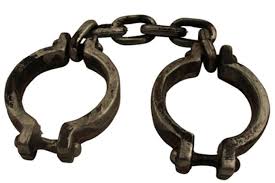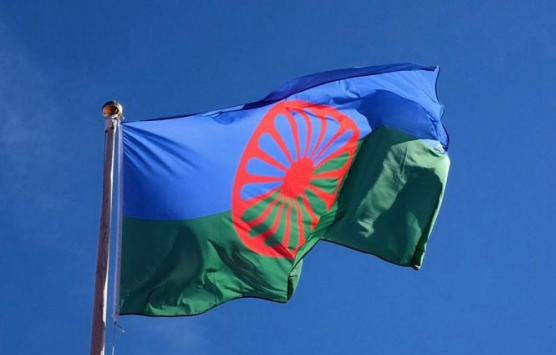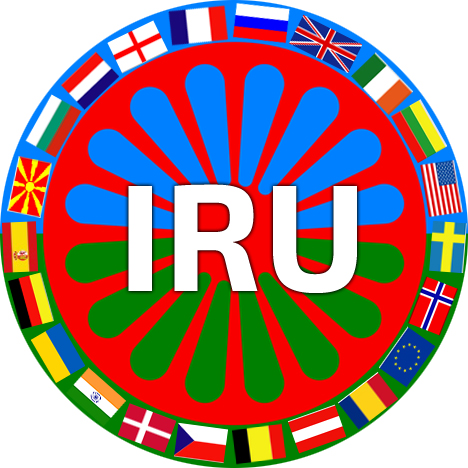Years before fast sailing ships with enslaved people from Africa made it to the shores of North and South America, the Roma people on the territories of modern-day Romania had already been forced into a system of chattel enslavement. My ancestors were among them.
Today, this 500-year system of exploitation and domination of Roma remains utterly forgotten in Romania and in the global history of slavery, race and racism.
Roma people were coerced into this system of chattel enslavement beginning in the 1370s or perhaps earlier by three types of enslavers: the Crown (and later, the state), the Orthodox church, and the nobility. By law, the enslavers owned the slaves as their property or possessions, and slaves without a “master” would become the “property” of the Crown.
In the Romanian territories, the Indian origins and skin colour of the Roma made it possible to distinguish them as non-Romanians and non-Christians. Ethnic distinctiveness or race was one of the original reasons for enslaving Roma.
The institution of slavery ended in 1855 in Moldova and 1856 in Walachia. After the final act of abolition in 1856, the 250,000 Roma slaves who became legally free, some 7 percent of the Romanian population, received no reparations for the inhumane treatment they had suffered. As also happened on other continents, after five centuries of exploitation, the abusers received monetary compensation for freeing their Roma slaves.
October marks 635 years since the first written attestation of the enslavement of Roma people in Romania. In October 1385, Dan I, prince of Wallachia and an enslaver, gifted to the Tismana Monastery 40 Roma families, among other “assets”.
Link: https://www.aljazeera.com/opinions/2020/10/5/it-is-time-reparations-are-paid-for-roma-slavery








